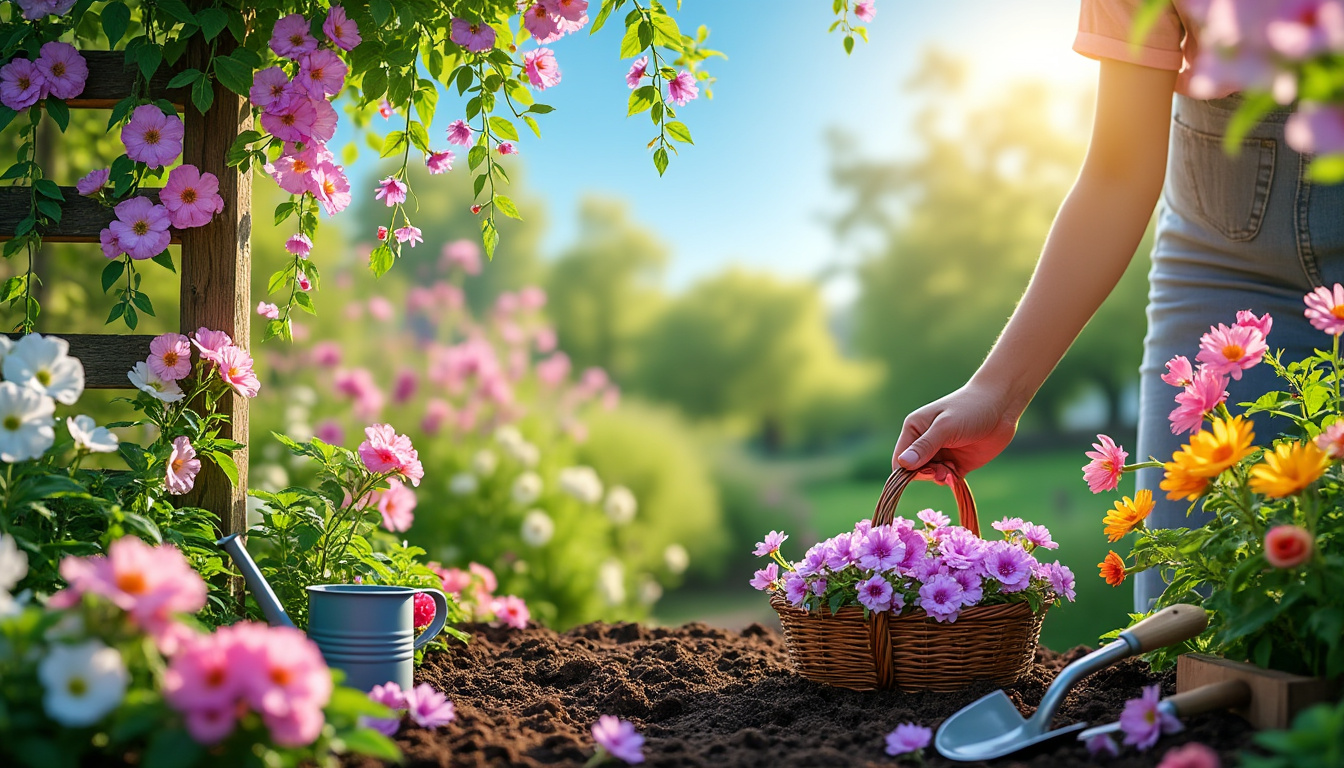A vibrant garden adorned with sweet peas can transform any outdoor space into a fragrant delight. Known for their eye-catching blooms and captivating fragrance, sweet peas thrive in cooler conditions, making their planting schedule crucial for success. Understanding when to plant these charming annuals will ensure a bountiful display of flowers throughout spring and summer.
Optimal Timing for Planting Sweet Peas
The timing of sweet pea planting depends largely on climatic zones and the desired blooming period. Generally speaking, early planting in autumn or spring allows for strong root development and healthy plants.
- 🌱 Autumn Planting: October to November for earlier blooms in late spring.
- 🌸 Spring Planting: Between March and May for those in milder climates.
Understanding Climate Zones
Sweet peas can be quite adaptable, yet their optimal growth is heavily influenced by climate zones. Here’s an overview of planting times based on common zones:
| Climate Zone | Best Planting Time | Notes |
|---|---|---|
| 🌡️ Zones 3-4 | Early spring | Direct sow as soon as soil is workable; cool temperatures favor growth. |
| 🌡️ Zones 5-7 | January to March | Start indoors if ground is frozen; aim to plant outdoors before the last frost. |
| 🌡️ Zones 8+ | Mid-fall to early spring | Direct sow to allow for root establishment before warmer weather. |
Preparing For Planting Sweet Peas
Once the appropriate planting time arrives, preparation is key to success. These steps will ensure robust growth:
Seed Preparation
To enhance germination, soak seeds overnight and gently scarify the hard outer shell. This process aids in moisture penetration and kick-starts the germination phase.
Site Selection
Sweet peas thrive best in full sun, requiring at least six hours of sunlight daily. Ensuring good drainage in the soil will also prevent waterlogging, which can cause root rot.
When to plant dahlias in pots for vibrant blooms all season
Planting Technique
Sweet peas can be planted directly into the ground or started indoors:
- 🌱 Direct Sowing: Plant seeds about one inch deep and six inches apart.
- 🌿 Starting Indoors: Use biodegradable pots to avoid root disturbance; transplant when six inches tall.
Care for Young Plants
After planting, ensuring consistent moisture is crucial. Water the plants regularly, especially during dry spells. Pinching back young plants at six inches encourages branching, resulting in fuller plants with more blooms.
Common Challenges and Solutions
Even with the right care, challenges may arise. Here are some common issues faced and how to address them:
| Problem | Cause | Solution |
|---|---|---|
| ❌ Wilting seedlings | Improper hardening off | Gradually expose seedlings to outdoor conditions. |
| 💧 Yellowing leaves | Overwatering | Allow soil to dry out before watering again. |
| 🌼 Few flowers | Excess nitrogen | Use bloom-boosting fertilizer instead of nitrogen-heavy. |
Final Insights on Sweet Pea Success
Successful sweet pea cultivation hinges on understanding their unique needs and favorable growing conditions. Following these guidelines will lead to a stunning array of blooms that can enhance any garden. Remember to regularly prune and support these climbing vines to extend their blooming period. The combination of proper timing and attentive care will undoubtedly reward gardeners with a beautiful floral display!
Frequently Asked Questions
What is the best fertilizer for sweet peas? Use a light fertilizer with high potassium content to encourage blooming.
Can sweet peas survive frost? Yes, young plants can tolerate light frost but should be protected in harsh conditions.
How often should I water sweet peas? Aim for consistent moisture, watering two to three times a week as needed.
When should I start sweet peas indoors? For colder zones, start seed indoors by January to allow for proper transplanting in spring.
What support do sweet peas need? Provide trellises or climbing structures to support their growth and maximize flowering.








